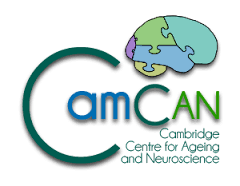CBSU bibliography search
To request a reprint of a CBSU publication, please
click here to send us an email (reprints may not be available for all publications)
Is a picture worth a thousand words? Evidence from concept definitions by patients with semantic dementia.
Authors:
Lambon Ralph, M.A., Graham, K.S., Patterson, K. & Hodges, J.R.
Reference:
Brain and Language, 1999, 70, 309-335.
Year of publication:
1999
CBU number:
3894
Abstract:
Nine patients with semantic dementia (the temporal lobe variant of frontotemporal dementia) were asked to define concrete concepts either from presentation of a picture of the object or its spoken name. As expected, the patients with the most severe semantic impairment produced the least detailed definitions, and the quality of the definitions overall was significantly related to concept familiarity. Further analyses of the definitions were designed to assess two key theoretical aspects of semantic organization. (i) Do objects and their corresponding names activate conceptual information in two neuroanatomically separable (modality-specific) semantic systems? If so, then - apart from any expected commonality in performance attributable to factors such as concept familiarity - one would not predict striking item-specific similarities in a patient's picture- and word-elicited definitions. (ii) Do sensory/perceptual features and more associative/functional attributes of conceptual knowledge form two neuroanatomically separable sub-systems? If so, then one would predict significant dissociations in the prominence of these two types of information in the patients' definitions. The results lead us to favour a model of the semantic system that is divided by attribute type but not by modality.

 MRC Cognition and Brain Sciences Unit
MRC Cognition and Brain Sciences Unit

